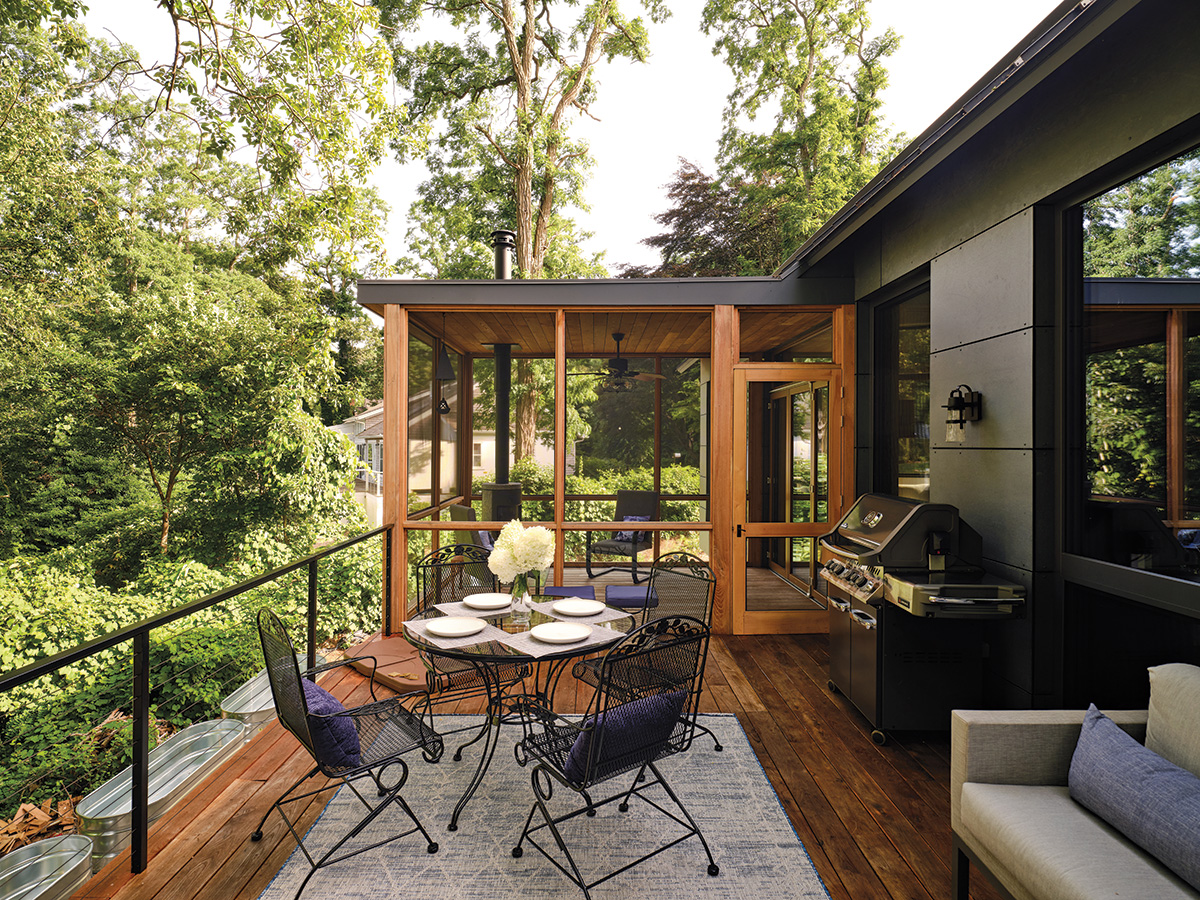Discover the myriad benefits of
Passive House Construction.
by Lisa Cavanaugh
Photographs by Dan Cutrona
Imagine your next electricity or heating bill having no balance due but your home environment remaining utterly comfortable. Or envision making an impact by reducing your home’s carbon footprint to net zero. The right kind of environmentally conscious construction could provide both if you choose the right company.
“Passive House Construction is a method of building that provides a quantifiable and rigorous level of energy efficiency,” says Chris Girard, a Job Superintendent and PHIUS-Certified Passive Home Builder with The Valle Group in Falmouth, one of the earliest adopters of passive house standards in the U.S. “It aims to optimize every aspect of the building’s energy efficiency by incorporating specific building science principles that were refined by the German Passive Home Builder movement,” says Girard.
The Passive Home Builder movement centers on five principles: super-insulated and thermal bridge-free construction, envelope airtightness, optimized windows, balanced ventilation, and minimal use of space conditioning. When adhering to these principles, homeowners can expect a finished building that is quieter, more comfortable, more efficient, and more energy independent than many other alternatives, explains Girard.
The Valle Group is an expert in achieving this building type and, since 2012, has completed several passive homes on Cape Cod. “Everyone at the company is aware that we live in a beautiful place and knows how important it is to keep it that way,” says Christian Valle, President of The Valle Group. “Philosophically, as a family and company, we are passionate about being good stewards of the environment.”

“I think of passive building as being truly environmentally conscious because it takes into account the power of the elements in the actual design and function of the home as well as the placement and orientation of the house on the lot,” says Girard. The Valle Group works closely with architects to incorporate the most sustainable materials possible for a specific job. “It really is a more meticulous, attentive, and careful construction process,” he adds.
Girard explains that not every builder will be able to handle these kinds of environmentally conscious projects with the same skill and experience. “The Valle Group has committed itself to these standards and has been recognized with several Industry awards. In my opinion, there is no better construction company to turn to for a passive house project.”

”The Valle Group has committed itself to these standards and has been recognized with several industry awards. In my opinion, there is no better construction company to turn to for a passive house project.
— Chris GirardJob Superintendent and PHIUS-Certified Passive Home Builder with The Valle Group


Of course, not everyone who wants to save money while saving the planet plans to build a brand-new home. For these property owners, The Valle Group offers an approach known as a “deep energy retrofit,” which modifies an existing house to be highly energy efficient. “It is a massive overhaul from the outside in,” says Girard. On a recent retrofit project, they transitioned a c. 1952 house down to sub-passive levels of airtightness with insulation and new triple-glazed windows. “Everything is aimed at eliminating thermal bridging, so you don’t have that energy transfer between outside and in.”
Passive homebuilding and energy retrofits appeal to people who want to make a positive environmental impact through their home, achieve the highest standards of quality, and reduce their overall energy use and costs.
“There is a better way to build a house,” says Girard, “and we believe that anytime we build with an eye towards conservation of energy and responsible use of resources, we are doing ourselves, the planet, and future generations a great service.”


